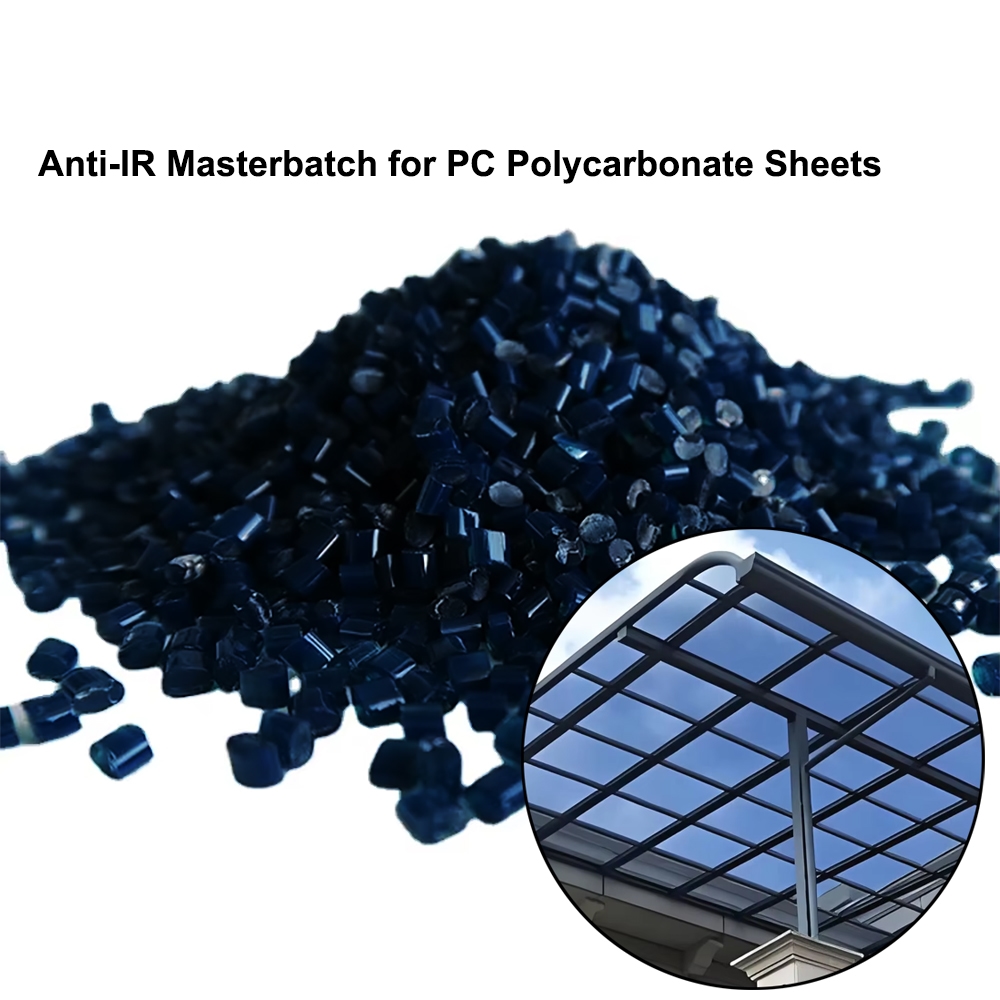
- +8615880211820
- [email protected]
- Tongan Industry Park, Xiamen
| Product name | Copper Antibacterial Masterbatch |
| Appearance | Red Granule |
| Filter Value | 0.04 |
| Additive Content | 20% |
| Melting Point | 260℃ |
| Intrinsic Viscosity | 0.51 |
| Density | 1.41 |
As textile and materials technology continues to evolve, manufacturers are increasingly searching for functional additives that go beyond traditional aesthetics. Among these emerging innovations, copper antibacterial masterbatch has become one of the most practical and in-demand solutions for creating fibers and fabrics with long-lasting hygiene, deodorizing, and comfort-enhancing benefits. With the growing market for sportswear, socks, footwear linings, and household textiles, the need for efficient odor control and antibacterial protection is stronger than ever. This is where Copper Antibacterial Masterbatch for PET Fine Denier Fibers plays an exceptional role.
Copper has been recognized as a natural antibacterial substance for thousands of years. Historical records show that ancient civilizations used copper vessels to keep water fresh and free from bacterial growth. Modern science has confirmed those ancient practices: copper ions are highly active and capable of destroying a wide range of microorganisms. Their ability to attack proteins and membranes allows them to inactivate bacteria, fungi, and certain viruses in a short time.
The Copper Antibacterial Masterbatch takes this traditional antibacterial benefit and brings it into modern fiber engineering. By dispersing copper ions evenly in a polymer carrier, the masterbatch allows manufacturers to produce copper-ion fibers through standard spinning and drawing processes. This makes it possible to incorporate antibacterial and deodorizing properties directly into the fiber structure—ensuring that the functionality remains effective throughout the product’s lifespan.
This masterbatch is a high-performance copper-ion additive designed specifically for fine-denier spinning applications such as 75D/72F PET fibers. The copper ions are uniformly dispersed in the plastic pellets, allowing the masterbatch to blend seamlessly with PET, PA6, PA66, PP, or other polymers depending on application needs.
When processed through fiber drawing, the copper ions embed themselves within the fiber filaments. As a result, the final yarn exhibits continuous antibacterial activity, odor adsorption, and sweat-related odor reduction. These properties remain stable even after repeated washing, stretching, and long-term use.
In addition to inhibiting bacteria, copper ions can effectively adsorb harmful and unpleasant odors—including ammonia, hydrogen sulfide, and volatile organic compounds (TVOCs). This dual antibacterial and deodorizing function makes the material ideal for products worn close to the skin or exposed to moisture and sweat.
Typical application areas include:
Functional sportswear
Athletic and everyday socks
Shoe insoles and linings
Outdoor clothing and gear
Carpets, curtains, and home textile materials
Manufacturers can utilize the masterbatch through their existing spinning equipment without requiring additional hardware or new production systems.
One of the strongest advantages of this masterbatch is its excellent spinnability. It can be used to produce fine-denier filaments such as 75D/72F without causing processing resistance, filament breakage, or uneven denier distribution. This allows manufacturers to maintain stable production speeds and produce fibers with smooth texture and high uniformity.
Because the copper ions are well-encapsulated within the polymer, the masterbatch disperses evenly during melt extrusion, ensuring that the resulting yarn maintains consistent color, stability, and antibacterial activity.
Copper ions are exceptionally effective at killing common microorganisms. Their antibacterial mechanism works through:
Disrupting microbial cell membranes
Destroying bacterial proteins
Inhibiting enzyme activity
Blocking microbial metabolism
As a result, the masterbatch can eliminate up to 99% of bacteria, including Escherichia coli, Staphylococcus aureus, molds, and fungal strains that typically flourish in warm, moist environments such as shoes and athletic apparel.
This makes the masterbatch an ideal solution for industries seeking long-lasting, built-in hygiene performance.
Unlike standard odor-resistant treatments that coat the surface of finished fabrics, copper ions work naturally by neutralizing odor-causing molecules. They can adsorb common gases responsible for unpleasant smells, such as:
Ammonia
Hydrogen sulfide
TVOCs
This gives textiles a fresher feeling, reduces long-term odor buildup, and enhances the comfort of products worn for extended periods.
The masterbatch is produced without the use of hazardous chemicals. Copper’s antibacterial mechanism is natural, physically safe, and widely recognized. As a result, it is:
Free of toxic or harmful substances
Environmentally safe
Suitable for products in direct contact with the skin
Unlike some chemical antibacterial agents, copper does not volatilize or degrade into harmful byproducts. Its effectiveness is built into the fiber structure, making it both durable and eco-friendly.
Because the copper ions are incorporated into the fiber itself rather than applied as a topical coating, the antibacterial function:
Does not wash off
Does not fade with wear
Remains active throughout the textile’s lifespan
This gives it a major advantage over post-treatment antibacterial finishes, which gradually lose effectiveness after washing.
The versatility of the copper antibacterial masterbatch allows it to be used across a wide spectrum of textile and material industries. Some of the most common applications include:
Ideal for high-sweat environments requiring antibacterial and deodorizing properties.
Copper’s natural odor control makes it perfect for socks, shoe linings, and athletic shoes.
Carpets, curtains, bedding, and cushions benefit from cleaner and fresher fabric performance.
Moisture-prone items such as backpacks and outdoor textiles gain long-term odor control.
Useful for ropes, filters, and other materials requiring hygiene and performance durability.
Copper Antibacterial Masterbatch for PET Fine Denier Fibers offers a smart and reliable solution for manufacturers seeking to elevate textile performance in a way that aligns with today’s health-conscious market. With outstanding spinnability, strong antibacterial action, natural deodorizing effects, and environmental safety, this masterbatch provides long-lasting value for both producers and end users.
As industries move increasingly toward functional and performance-enhancing materials, copper-ion fibers are becoming a staple ingredient in next-generation textiles. Their ability to maintain freshness, cleanliness, and comfort sets new standards in quality—whether in sportswear, socks, home textiles, or footwear applications.
Our company is over 20 years in plastic masterbatch industry, we specialize in researching and produce all kinds of Color masterbatches, functional masterbatch, fiberglass reinforced plastics and burning resistant plastic raw materials, located in Tong’an Industry Park of Xiamen City in China.
In conclusion, we are professional in producing all kinds of plastic masterbatch, including additive master-batch, functional masterbatch, PE flame retardant masterbatch, ABS flame retardant masterbatch, Anti-Oxygen masterbatch, Anti-UV masterbatch, Anti-bacterial masterbatch, Antiblock masterbatch, and some other additive masterbatches.
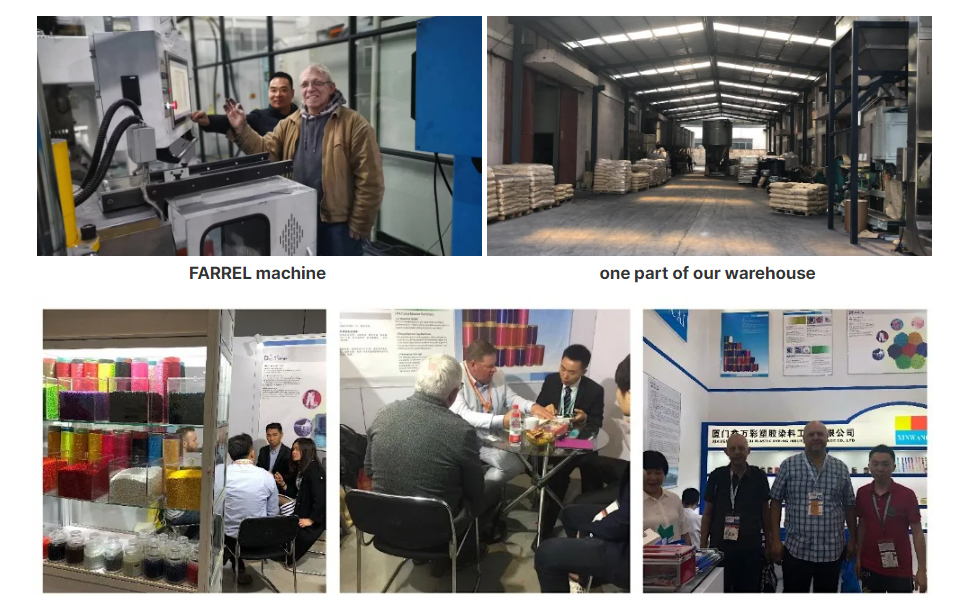
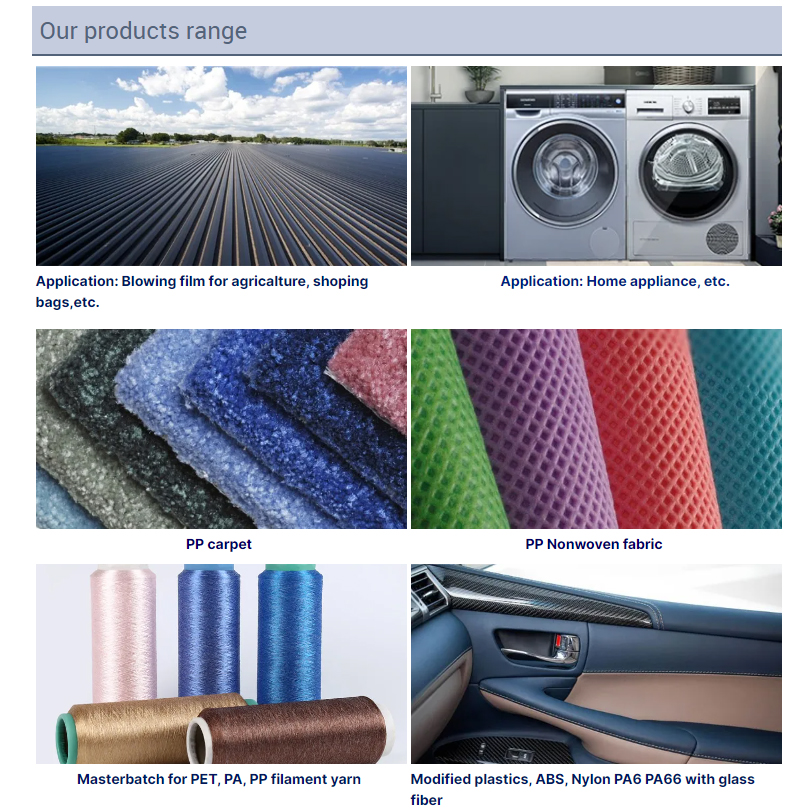
Our masterbatches find a multitude of applications across diverse industries. Whether in plastics, textiles, or various manufacturing processes, our masterbatches play a pivotal role in enhancing product quality and performance. With customizable formulations, they offer color consistency, UV protection, flame resistance, and more, making them the go-to solution for countless applications. From automotive parts to packaging materials, our masterbatches are the trusted choice for achieving superior results across a wide spectrum of industries.
Our custom masterbatches are designed to match specific polymers, ensuring optimal performance when incorporated into your selected material. We have the capability to produce masterbatches suitable for a variety of polymers mentioned below, and many more. If you’re working with a material that isn’t listed here, please don’t hesitate to reach out to our knowledgeable technical team to explore the possibility of meeting your specific needs.
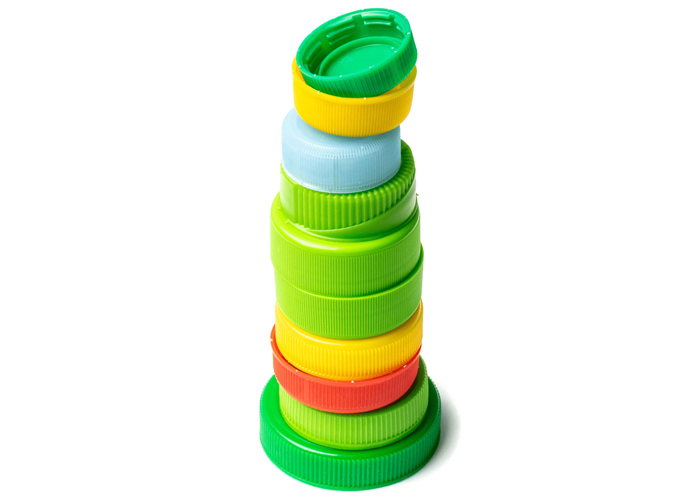
Low Density Polyethylene – Somewhat more translucent than HDPE and considerably more pliable, primarily employed in flexible packaging, tote bags, pliable tubing, film applications, and similar uses. Like HDPE, it has limited transparency characteristics. It exhibits outstanding chemical resistance to alcohols, acids, and alkalis but has restricted resistance to hydrocarbon solvents and mineral oils. Prolonged exposure to UV radiation can initiate degradation.
High-Density Polyethylene – Featuring a somewhat milky-white appearance, this material finds wide application in rigid bottle packaging, injection-molded caps and closures, crates, and more. Its natural opacity can limit the degree of transparency attainable. HDPE exhibits superior chemical and solvent resistance when compared to LDPE.


PPCO Random & PPHO – A polymer with moderate clarity, employed in the production of caps and closures. It is also utilized for crafting household items, buckets, toys, and storage containers. Polypropylene offers flexibility without significant limitations on color or special effects. Random copolymer boasts greater clarity compared to homopolymer and is better suited for creating translucent shades.
PPCO Block – Similar to PPCO but enhanced for increased impact resistance. An additive renders the polymer white, resulting in high opacity. This characteristic may limit the achievable transparency.
Polyethylene Terephthalate (PET) – Polyester materials exhibit robust mechanical strength along with excellent chemical resistance and barrier properties. PET is frequently chosen for the production of carbonated beverage containers. Moreover, polyester can be spun and employed in textile manufacturing for clothing. PET is highly transparent, making it an excellent choice for translucent packaging, although a subtle hint of “yellowing” may impact extremely light tints.
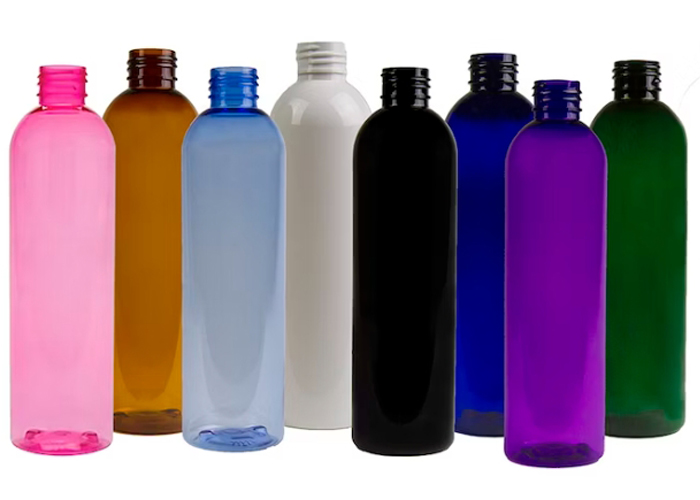
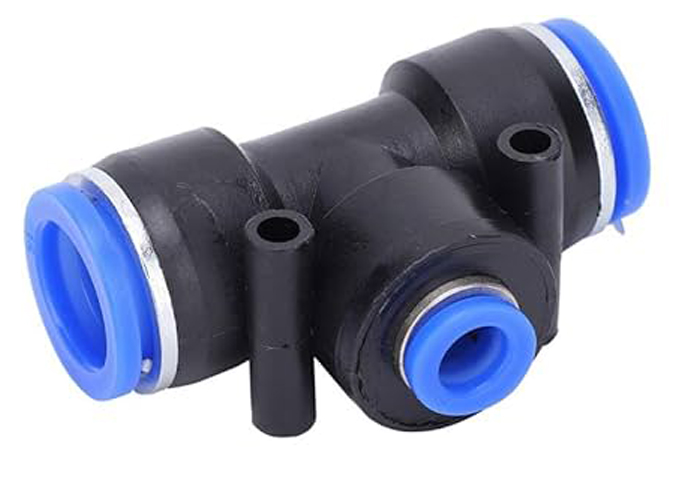
Polybutylene Terephthalate – A crystalline thermoplastic engineering polymer frequently employed as an insulating material within the electronics sector. This substance belongs to the polyester category, showcasing a remarkable equilibrium of attributes and processing qualities.
General Purpose Polystyrene – Exhibiting a glass-clear appearance but possessing minimal impact resistance, this material finds its primary application in CD cases. Its notable clarity renders it suitable for creating translucent hues, although an occasional violet tint may be discernible.
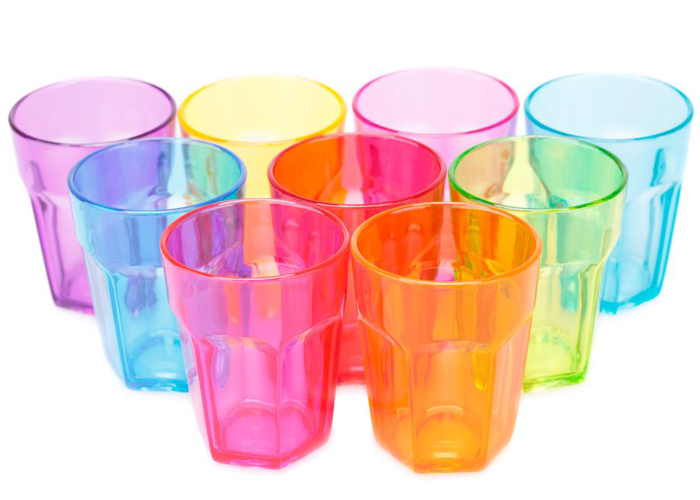
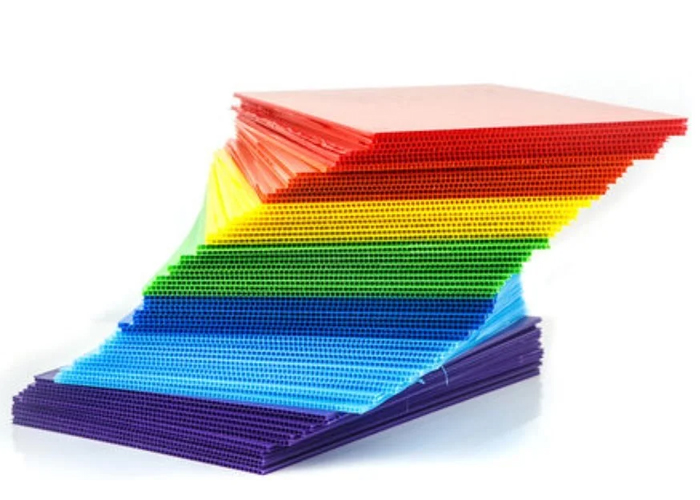
High Impact Polystyrene – Derived from GPPS by incorporating an impact-enhancing agent to boost its resistance to impacts. This added component results in the polymer becoming white, and different formulations provide varying degrees of opacity. Typically employed in the fabrication of game pieces, toys, and similar items. Its pronounced whiteness can pose challenges when aiming for translucent coloration. Specialized alternatives like K-Resin and Styrolux are accessible in the market to attain the same level of translucency as GPPS.
Acrylonitrile Butadiene Styrene (ABS) – A more robust iteration of High Impact Polystyrene (HIPS) employed in high-value components. ABS exhibits greater durability compared to HIPS-made components, although it encounters similar challenges when attempting to achieve translucent colorations. Just like HIPS, ABS offers specialized translucent variants. Owing to its durability, ABS is commonly used in crafting casings for power tools.

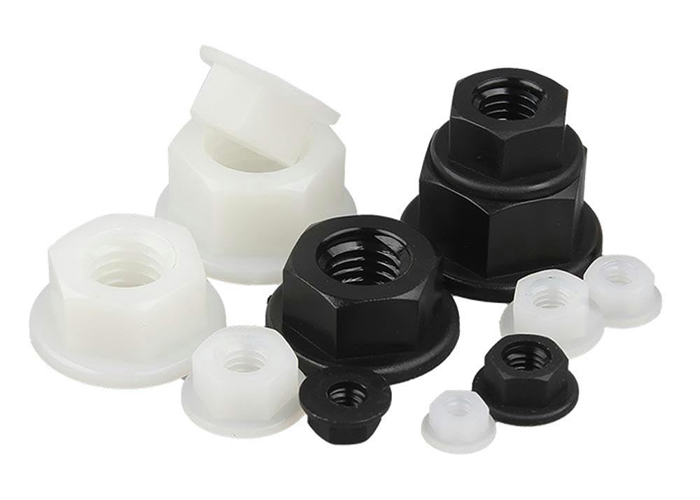
Polyamide (6, 66) – Nylon represents a versatile grade extensively employed in mechanical construction and maintenance. Its popularity stems from its excellent blend of mechanical strength, rigidity, mechanical damping characteristics, and effective electrical insulation capabilities. Consequently, nylon is a preferred material for manufacturing electrical enclosures. PA66 serves as a common alternative to metal across diverse applications, with its chemical and physical attributes closely resembling those of PA6. PA6 exhibits superior impact resistance and resistance to solvents, albeit with a heightened susceptibility to moisture absorption.
Styrene Acrylonitrile Copolymer – Possessing transparency and outstanding chemical and heat resistance, SAN also boasts good rigidity, tensile strength, and flexural strength. Thanks to its high-gloss finish, SAN is commonly chosen for cosmetic packaging purposes. However, achieving light tint colors with SAN can be challenging due to the violet dyestuffs inherent in the material, which are utilized to enhance its visual appearance during manufacturing.
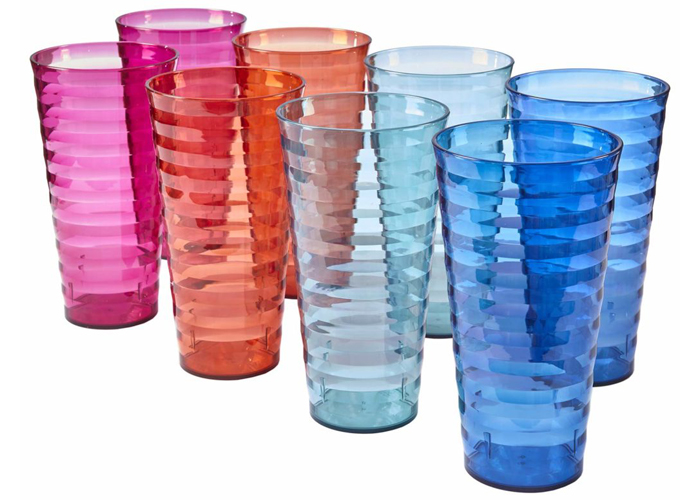
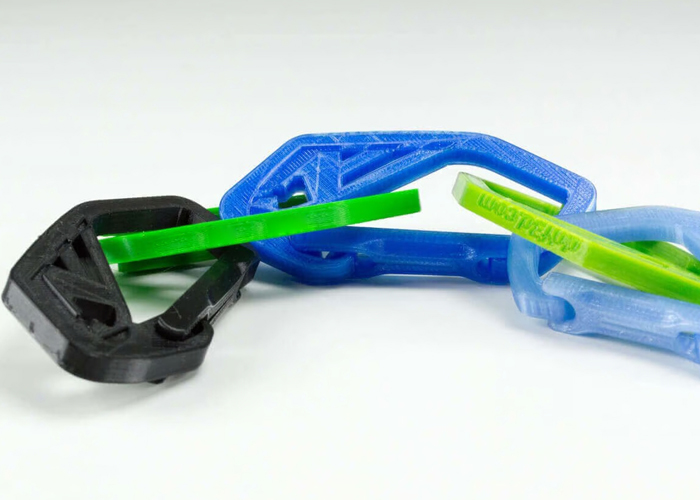
Polyethylene Terephthalate Glycol – PET with the incorporation of glycol. This glycol addition enhances flow properties but diminishes strength. PETG can be extruded to create bottles and can be formed into sheets for producing ‘blister’ style packaging.
Thermoplastic Elastomer (TPE) or Thermoplastic Polyurethane (TPU) – TPU finds diverse uses in applications such as automotive instrument panels, caster wheels, power tools, medical devices, as well as various extruded film, sheet, and profile applications. TPEs are employed across a wide range of applications in industries spanning automotive, medical, construction, electrical, appliances, packaging, and industrial sectors.
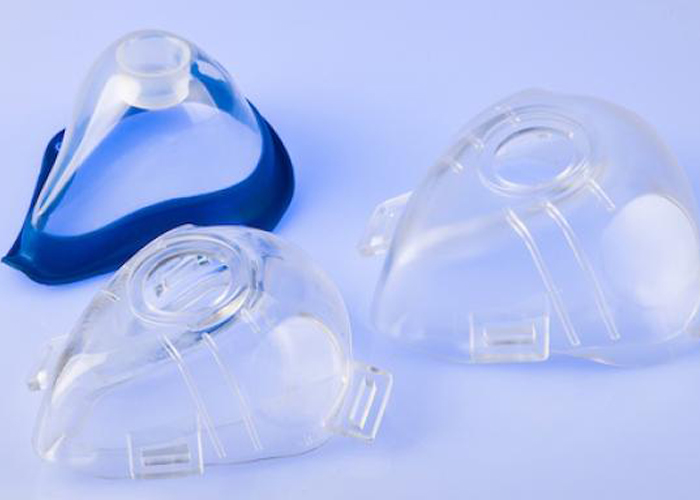
Frequently asked questions about our masterbatch
©2023. Masterbatch Manufacturer All Rights Reserved.
Our team will send back the best offer in 20 minutes.